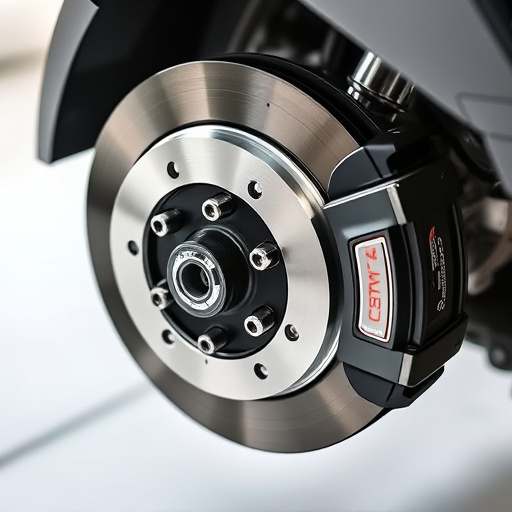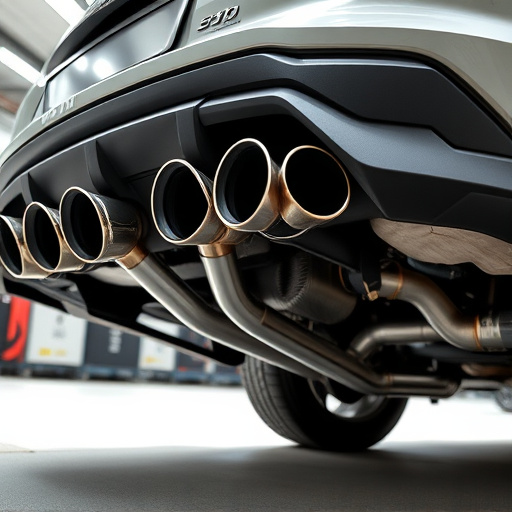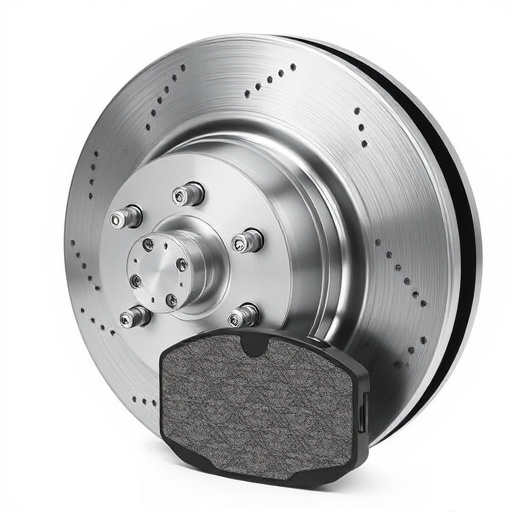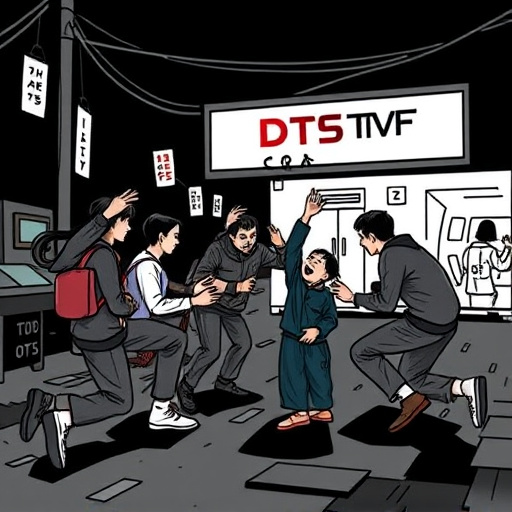DTF Transfer Printer errors stem from causes like outdated drivers, subpar film quality, or hardware glitches, manifesting as blank spots, misaligned colors, and print failures. Quick troubleshooting involves verifying connections, checking print settings for errors, and reviewing network stability. Advanced techniques, such as adjusting print settings, using premium inks, and regular maintenance, are crucial for addressing recurring issues in DTF transfers, ensuring high-quality prints without smudges or imperfections.
Struggling with DTF transfer printer issues? This comprehensive guide tackles common problems head-on, empowering you to quickly troubleshoot and resolve errors. From identifying symptoms like paper jams, ink clogs, or misaligned prints to implementing advanced techniques for persistent challenges, this article is your go-to resource for seamless DTF transfers. Master efficient problem-solving with our step-by-step approach, ensuring optimal print quality every time.
- Understanding DTF Transfer Printer Errors: Common Causes and Symptoms
- Quick Troubleshooting Steps for Efficient Problem-Solving
- Advanced Techniques for Persistent DTF Transfer Challenges
Understanding DTF Transfer Printer Errors: Common Causes and Symptoms
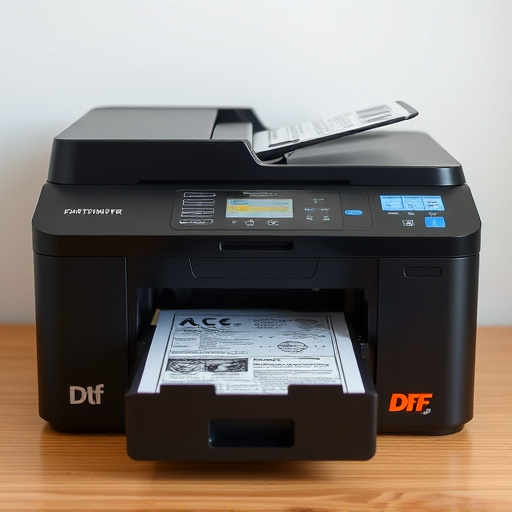
Understanding DTF Transfer Printer Errors involves recognizing common causes and symptoms to troubleshoot issues quickly. DTF (Direct-to-Film) transfers involve printing designs directly onto a thin film, which is then applied to various materials, most commonly custom t-shirts. When something goes wrong during this process, it can result in print defects, misalignments, or even complete failures.
Common causes include outdated or corrupted printer drivers, subpar DTF transfer film quality, improper setup or calibration of the printer, and occasional hardware glitches. Symptoms may manifest as blank spots on the printed design, color misalignment, uneven heat distribution leading to inconsistent print quality, or even complete failure to transfer the image onto the substrate material. Identifying these issues early can help users resolve problems promptly, ensuring smooth and efficient DTF printing operations.
Quick Troubleshooting Steps for Efficient Problem-Solving

When dealing with DTF Transfers Printer issues, quick troubleshooting can save time and ensure smooth operations. Start by checking the printer’s connection—a simple yet often overlooked step. Verify that all cables are securely attached to both the printer and your computer, eliminating any potential connectivity problems. If using wireless connectivity, confirm the network is stable and the printer is recognized by your device.
Next, review the print settings. Ensure the correct paper type and size are selected for DTF transfers, especially when printing on custom t-shirts or other materials. Sometimes, misaligned settings can lead to poor print quality or failed prints. Additionally, keep an eye out for any error codes or messages displayed on your computer or printer, as they provide valuable clues about the specific issue at hand, whether it’s a blocked nozel for cold peel DTF transfers or an ink jam.
Advanced Techniques for Persistent DTF Transfer Challenges
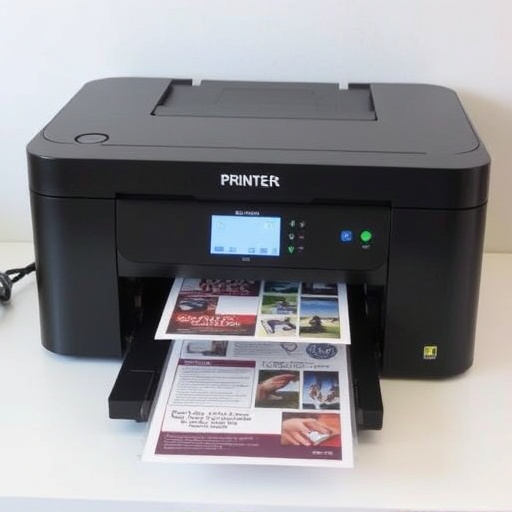
When standard troubleshooting methods don’t resolve persistent DTF transfer challenges, it’s time to explore advanced techniques tailored for DTF transfers and printers. Custom DTF transfers demand precision and adaptability, as each project may present unique issues. One effective approach is to experiment with different print settings on your best DTF printer. Adjusting temperature, pressure, and printing speed can significantly impact the quality of DTF printing for t-shirts and other materials.
Additionally, consider investing in high-quality inks and coatings designed specifically for DTF printing. Using compatible materials can enhance adhesion and durability, ensuring crisp transfers without smudges or imperfections. Regular maintenance of your DTF printer is also crucial; cleaning the print head and ensuring proper calibration can prevent buildup and misalignments that may cause transfer issues over time.
DTF transfers offer a precise and efficient method for printing, but issues can arise. By understanding common causes like improper settings, print head clogs, or media misalignment, you can swiftly implement troubleshooting steps that cover basic calibration to advanced cleaning techniques. Even persistent challenges can be overcome with specialized tools and methods detailed in this guide. Equip yourself with these solutions, and you’ll be ready to tackle any DTF transfer printer issue efficiently.


